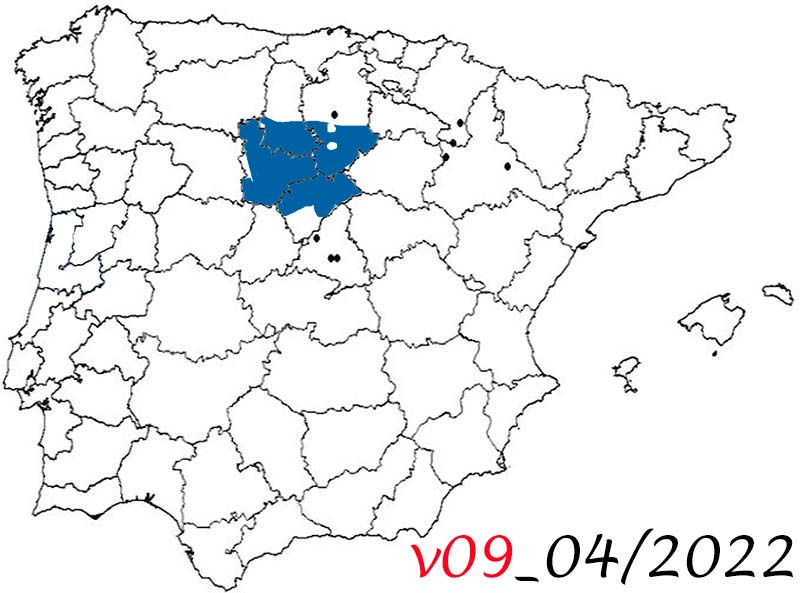
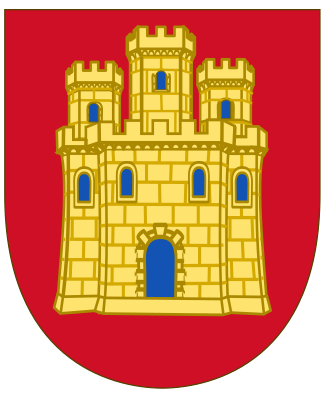

9. Trip to Castilla The Old
9. Trip to Castilla The Old
April 8 to April 14, 2022
Day 2, see Valladolid in 1 day
April 9, 2022
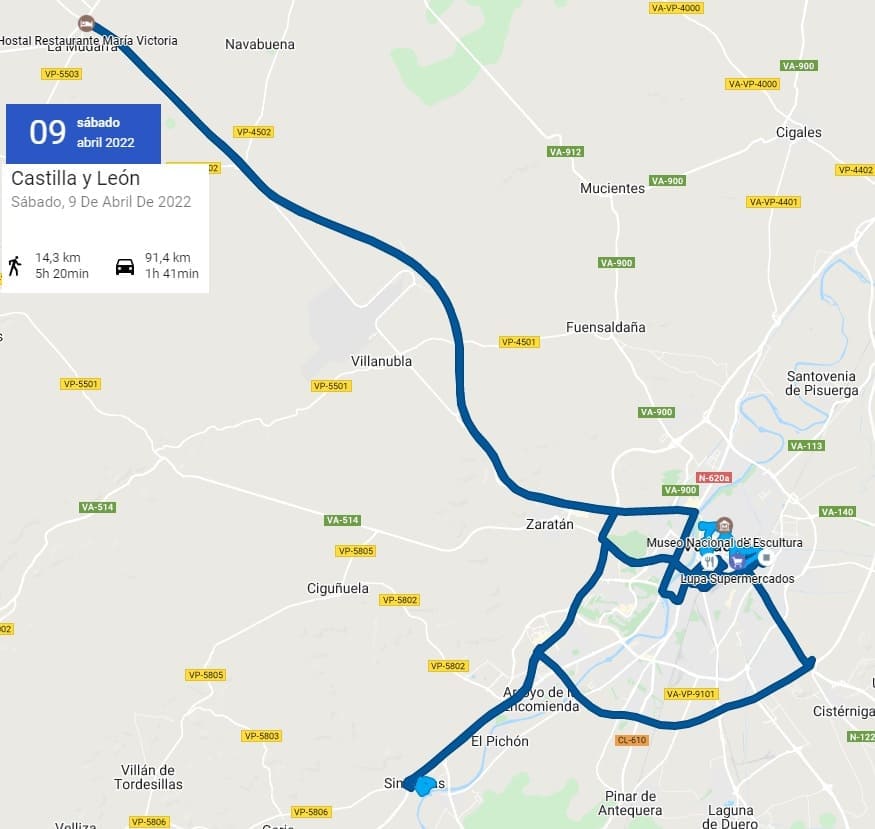
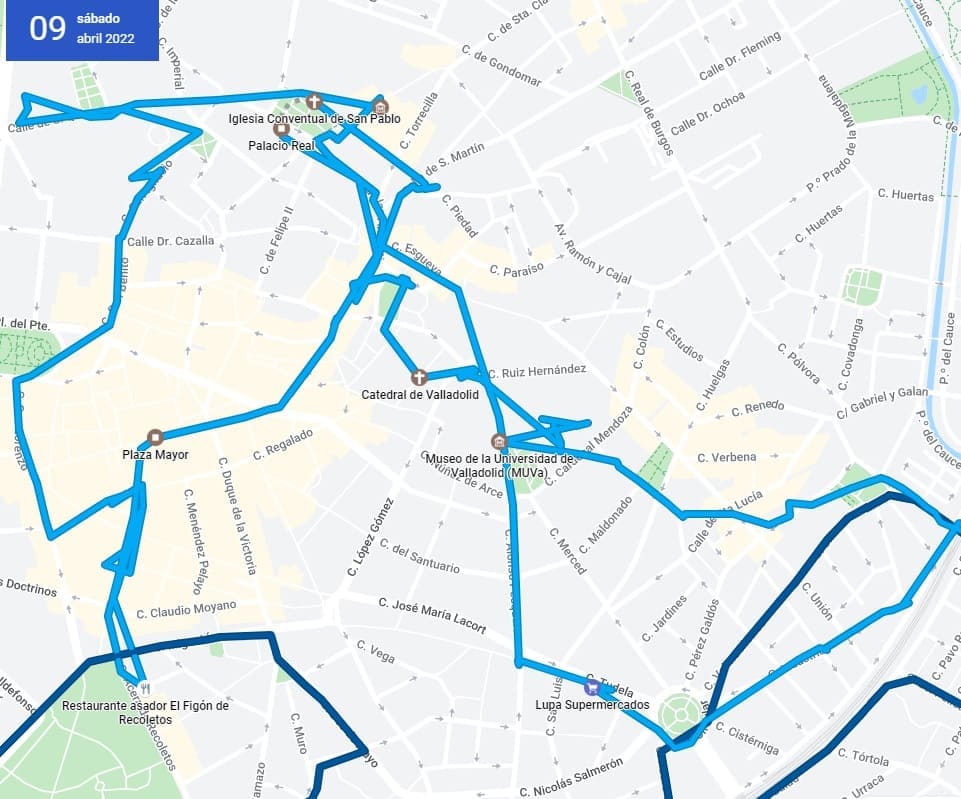

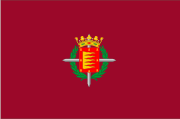
154. Valladolid
154. Valladolid
Valladolid is the most populous city and capital of Castilla y León. It is a city founded around the year 1000 AD. It has been the capital of Spain for 6 years in the reign of Felipe III, which will be when it has more political importance in Spain. In addition, numerous palaces will arise in the city due to the transfer of part of the nobility that was in Toledo and Madrid. Since that period, its importance with respect to León, a city with much more history, will grow over the years.
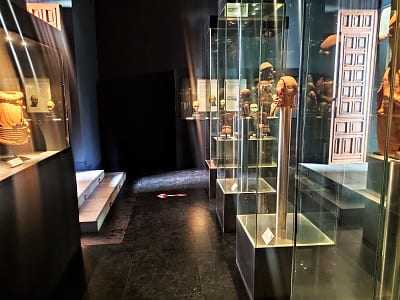
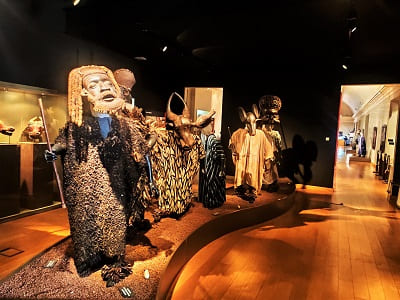 The first point from which to see Valladolid was the Palace of Santa Cruz. This palace was ordered to be built by Cardinal Pedro González de Mendoza in the 15th century. It is in the Renaissance style and was designed to be a higher education college. It is currently the seat of the rectory of the university. Its façade has noble shields that reveal the founders, with the Ave María Gratia Plena of the duces of the Infantado de Guadalajara of which Pedro Mendoza is a descendant. The courtyard is Renaissance in style, one of the first in all of Spain. It houses the rectory room where paintings of all the rectors appear since the 20th century, which is when it had that role. It also contains a chapel and a museum inside. The museum has one of the largest collections in Spain on the kingdom of Oku (Cameroon), distributed in three different rooms. An exhibition of Terracotta warriors from the 20th century, one of trade goods and one of ancient clothing and documents.
The first point from which to see Valladolid was the Palace of Santa Cruz. This palace was ordered to be built by Cardinal Pedro González de Mendoza in the 15th century. It is in the Renaissance style and was designed to be a higher education college. It is currently the seat of the rectory of the university. Its façade has noble shields that reveal the founders, with the Ave María Gratia Plena of the duces of the Infantado de Guadalajara of which Pedro Mendoza is a descendant. The courtyard is Renaissance in style, one of the first in all of Spain. It houses the rectory room where paintings of all the rectors appear since the 20th century, which is when it had that role. It also contains a chapel and a museum inside. The museum has one of the largest collections in Spain on the kingdom of Oku (Cameroon), distributed in three different rooms. An exhibition of Terracotta warriors from the 20th century, one of trade goods and one of ancient clothing and documents.
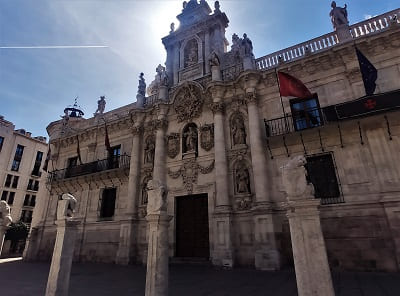
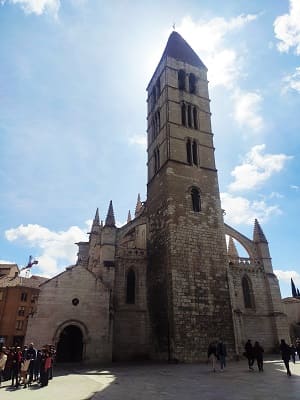
Very close to the palace is the headquarters of the university under a building with a very ornate baroque façade.
After seeing this palace, I would continue visiting the center,
the Cathedral of Our Lady of the Assumption, also called
New Cathedral. This cathedral, which was free when I visited it, is one of the poorest of the Spanish cathedrals, however the dimensions are very large. It has very thick columns to support the roof that rises very high. The interior is very dark with hardly any side windows. It has several altarpieces and several chapels, some with somewhat elaborate bars. Due to problems with the architects and the budget for several centuries it was not finished, having styles from various eras. On its site there were previously Romanesque collegiate churches.
Nearby is
the church of Santa María la Antigua, also nicknamed
the old cathedral. Unlike the new one, it was finished and looked good five centuries ago, but due to abandonment it was declared a ruin and had to be rebuilt in a different way. Possibly it dates back to the 11th century, initially Romanesque, and it had the title of collegiate church before it was given to the temple that is now the cathedral. Of the Romanesque elements, only the tower that was restored and the apse were saved.

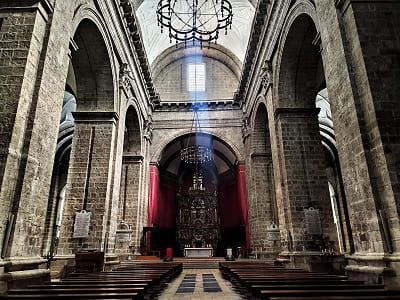
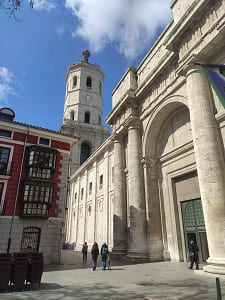
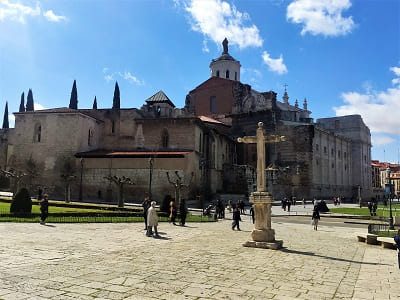
Continuing with the religious buildings, you would see
the church of Las Angustias and that of San Martín, both with Baroque altarpieces and an interior style from the last two centuries.
The church of San Martín was born as a hermitage in the year 1148, and due to the growth of its neighborhood, it soon reached the status of a parish. It stands out for its bell tower, Gothic with pointed arches, dating from the 13th century, taking as a model that of the church of Santa María de La Antigua and updating it, since the mullioned window that it presents in its second body is transformed here into a subdued window similar to those of the clerestory of Burgos Cathedral and the moldings also follow already Gothic forms. In 1588 it would be demolished, so the building that can be seen already dates from the end of the 16th century.
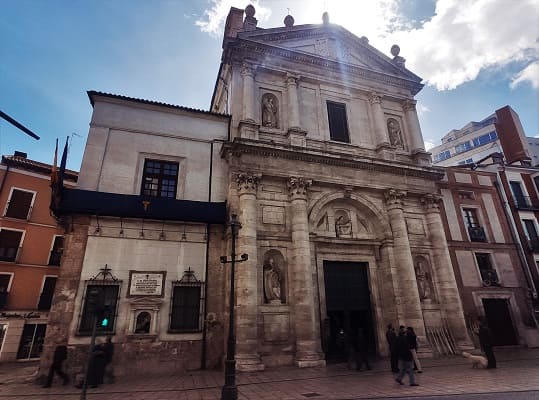
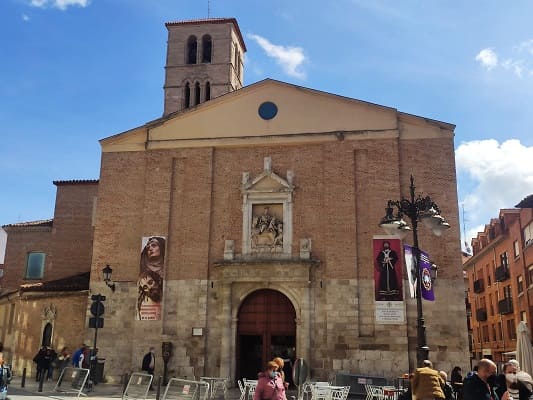
And finally
the church of San Pablo, part of the old convent of San Pablo, a jewel of the Spanish Renaissance, with a façade more like a palace than a church. Numerous details such as coats of arms or carvings of the apostles make up the stamp. Inside it has chapels with very ornate decoration where great Castilian nobles were installed. The ceiling is decorated with coats of arms and a very elaborate late Gothic style. The central altarpiece and many elements would be lost in various robberies of the temple during the French invasion and the confiscation of Mendizabal in the 19th century.
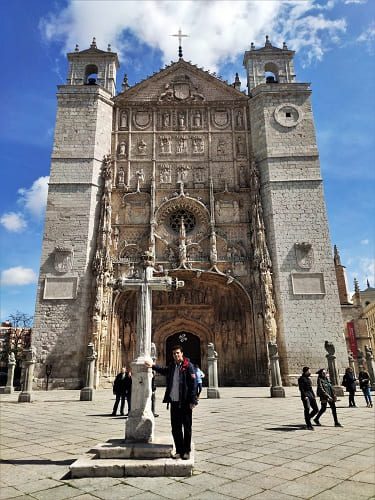
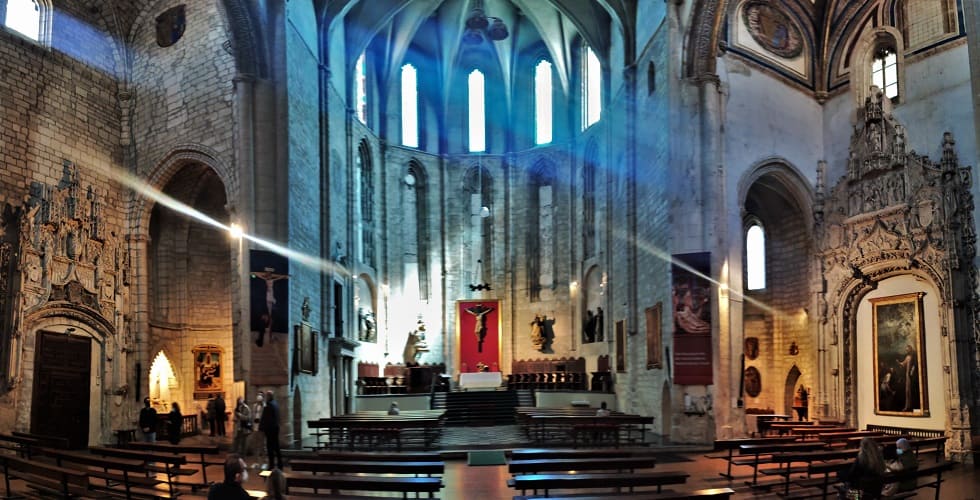
Nearby is
the Palace of Villena which contains one of the best-known and most beautiful nativity scenes in Spain, in the Neapolitan style with figures that exceed 10 cm in height.
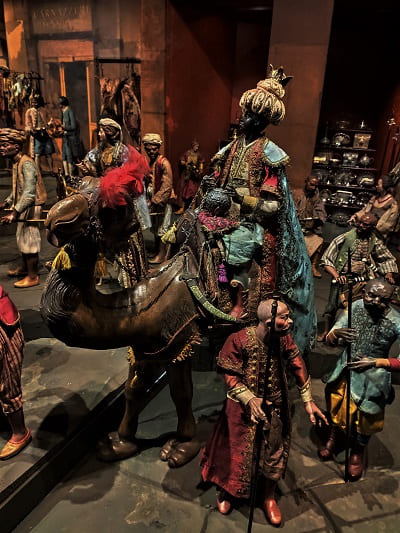
Another notable palace is
the Pimentel Palace, whose tilework bears the story of Felipe II, who was born in that palace and would end up giving it a prominent role. His son would establish it as the capital of Spain.
It is organized around a patio, as is natural in the Valladolid domestic architecture of its time. The patio is accessed through a hallway, which communicates with the street through a late Gothic doorway with a lowered arch. On the outside, the most important thing is its famous Plateresque window, from the beginning of the 16th century, which is located on the corner.
Legend tells that King Felipe II was taken out at birth through one of the palace windows, from which a chain hangs, to be baptized in the Church of San Pablo, since to go out through the palace door he would have to having been baptized in the nearby Parish of San Martín. However, it seems that the legend is a distortion of the real facts: for the baptism of Felipe II, an elevated walkway was built between the church of San Pablo and the palace so that the royal family could walk through it without stepping on the street. As the passageway was elevated, one of the windows was used as an exit from the palace, without knowing for sure which one it might have been.
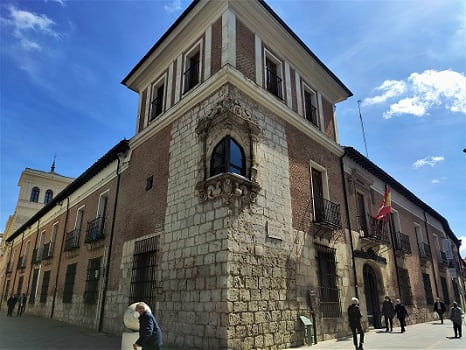
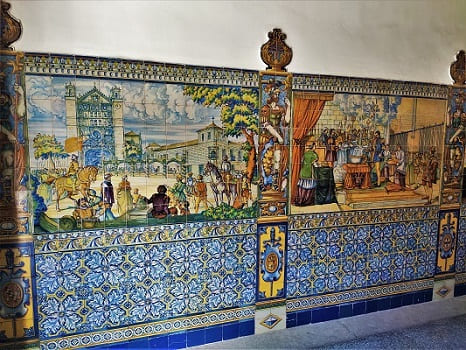
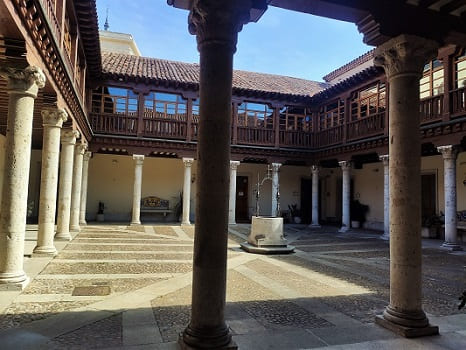
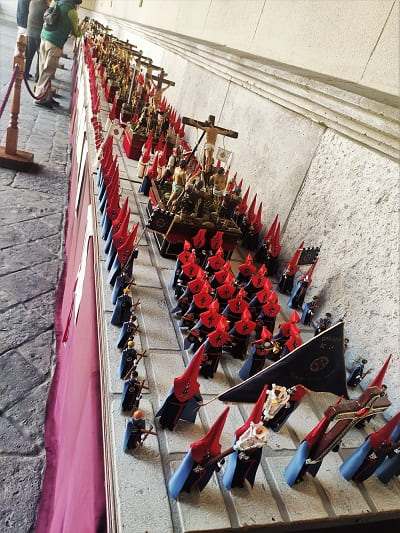
Lastly, the most important palace is undoubtedly the Royal Palace, which functions as the General Captaincy of the Spanish Army.
Although the kings were often present in Valladolid, they did not have a Royal Palace. When the Court settles in this city, the palace of Francisco de los Cobos will fulfill that function. Until then they lived in the houses of nobles, with whom they had ties of friendship.
Exhibitions are held there, such as the one during Holy Week when I was there, where all the brotherhoods of Valladolid were represented as a Nativity scene by means of playmobil figurines.
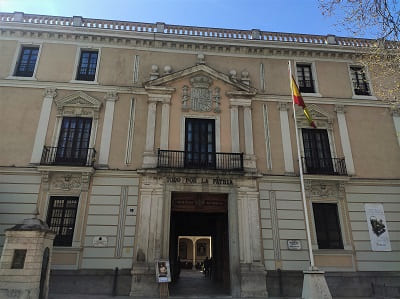
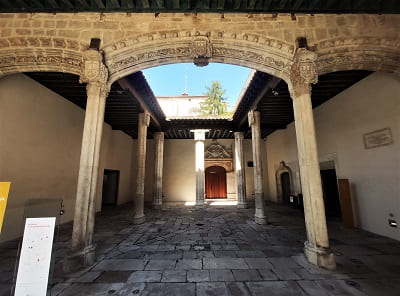
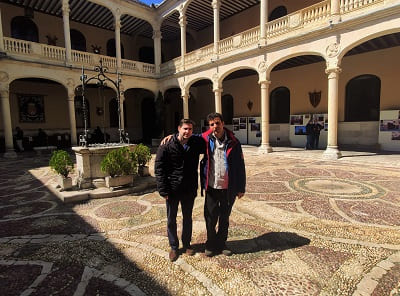
Next to it is
The Plaza Mayor of Valladolid with a 17th-century layout reminiscent of the Plaza Mayor in Madrid, which was also erected in the time of Felipe III.
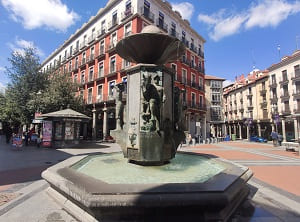
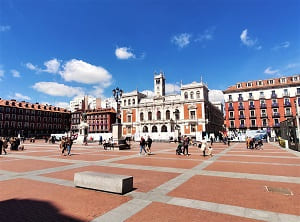
Nearby is the Plaza Zorrilla where the large building of the Cavalry Academy is located.
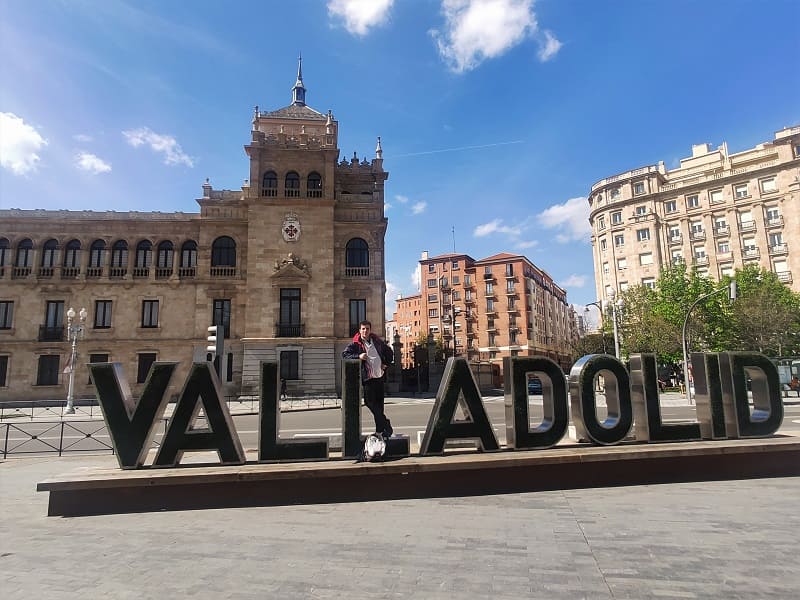
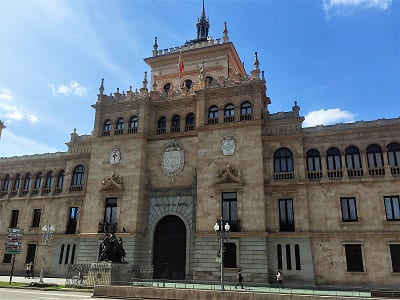
Close to
Acera de Recoletos street where you can find the best shops and restaurants in Valladolid. It is known as the golden mile and has some outstanding modernist buildings. I would take the opportunity to eat one of the best lambs in the city in the well-known restaurant Figon in that area.
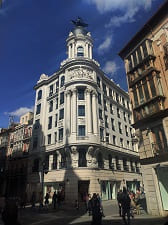
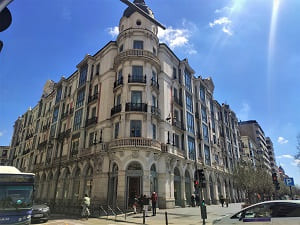
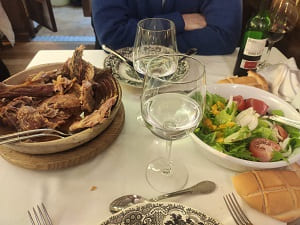
After eating, he would walk through the streets of the old town, passing by buildings such as the church of San Benito, which after different confiscations would lose the splendor it once had with its numerous altarpieces and large paintings. Today a large part of them are in the Museum of Sculpture that he would visit later. It is also worth noting different palaces such as
the Palace of Fabio Nelli, today a museum or
the Palace of the Counts of Benavente today used as a library in Valladolid. Also nearby is the
Vivero Palace, which has become the
historical archive.
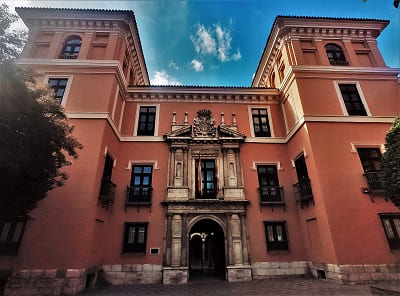
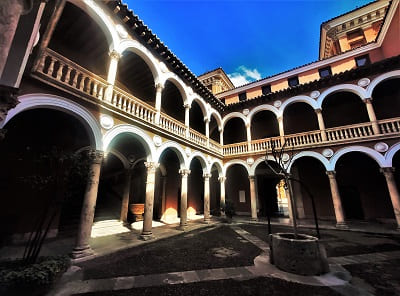
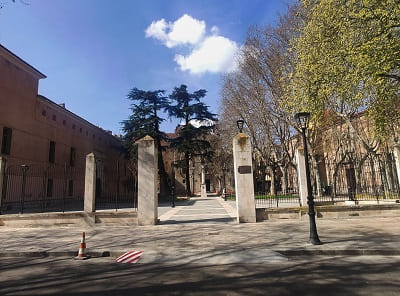
In the afternoon, I would visit
the National Sculpture Museum whose building is a Renaissance jewel from the 15th century. It was erected as the Colegio de San Gregorio and contains the shield of Isabel La Católica. It is even older than the façade of the Santa Cruz palace. Since 1933 it has functioned as a museum and not as a school. In it are the best sculptures in all of Spain, altarpieces from churches or convents ceded either by confiscation or because they were in storage without exhibiting their works. Also roofs of palaces or churches and paintings.
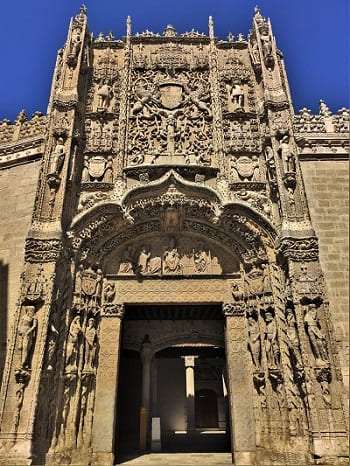
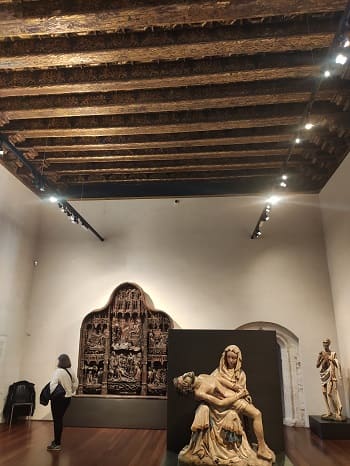
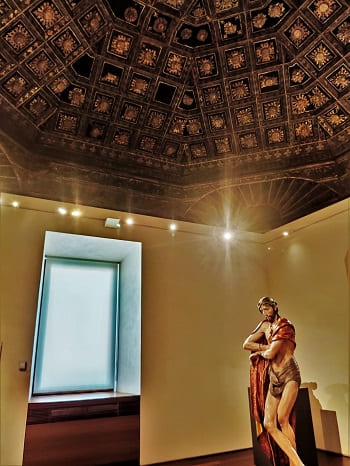
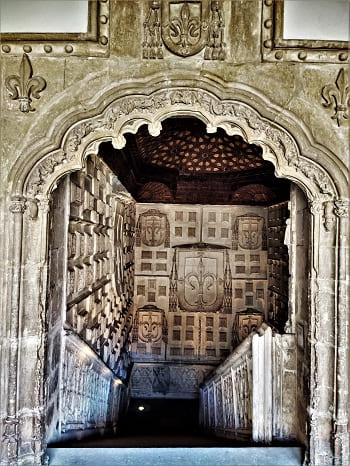
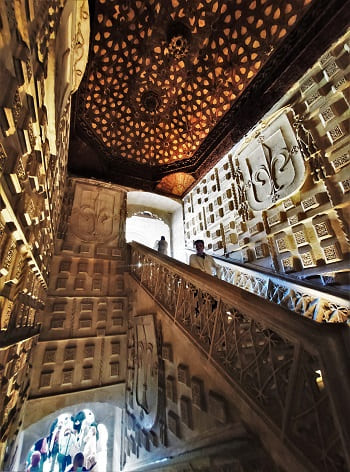
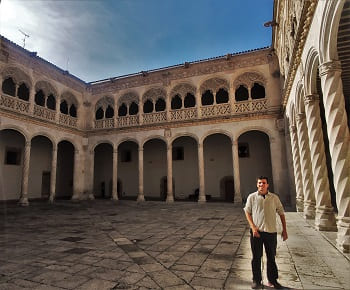
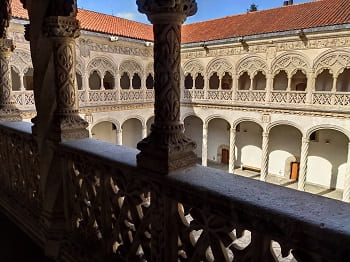
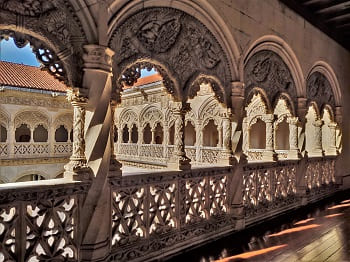
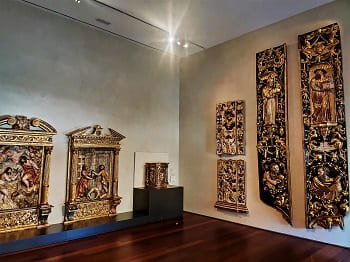

155. Simancas
155. Simancas
After seeing this museum, I would head to
Simancas, very close to Valladolid. This town is known because it is home to the Historical Archive of Valladolid. This building, which has functioned as a jail or depository for coins or documents, is now a Historical Archive and can only be visited by researchers.
Other places of interest are the main square of the town, in the image, the church of El Salvador in the Gothic style and the great medieval bridge that crosses it with more than 20 arches over the Pisuerga river.
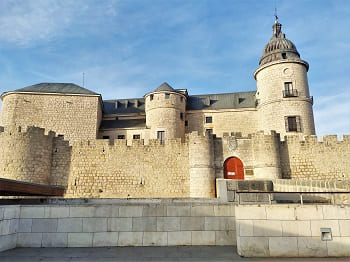
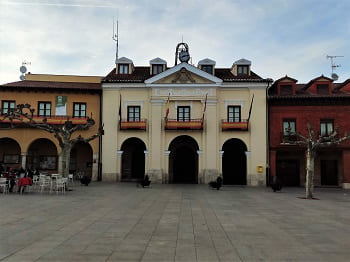
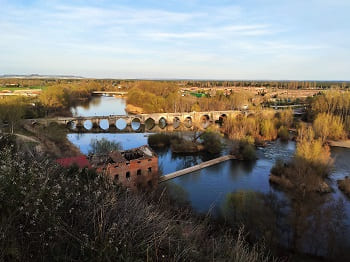
Santa María La Antigua Cathedral and National Museum of Sculpture.
3
General Archive of Simancas, s.XVI and church of El Salvador, s.XVI.
4
Day 3, visit the towns of the province of Valladolid (CLICK to continue)
April 10, 2022
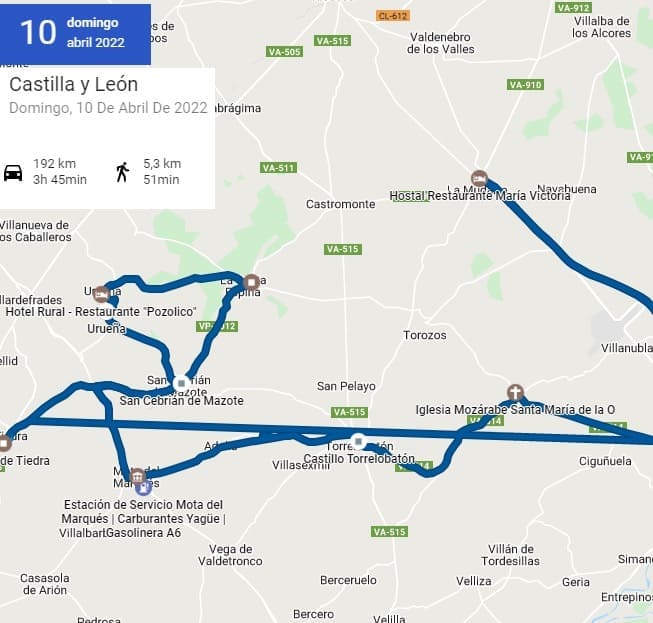








 The first point from which to see Valladolid was the Palace of Santa Cruz. This palace was ordered to be built by Cardinal Pedro González de Mendoza in the 15th century. It is in the Renaissance style and was designed to be a higher education college. It is currently the seat of the rectory of the university. Its façade has noble shields that reveal the founders, with the Ave María Gratia Plena of the duces of the Infantado de Guadalajara of which Pedro Mendoza is a descendant. The courtyard is Renaissance in style, one of the first in all of Spain. It houses the rectory room where paintings of all the rectors appear since the 20th century, which is when it had that role. It also contains a chapel and a museum inside. The museum has one of the largest collections in Spain on the kingdom of Oku (Cameroon), distributed in three different rooms. An exhibition of Terracotta warriors from the 20th century, one of trade goods and one of ancient clothing and documents.
The first point from which to see Valladolid was the Palace of Santa Cruz. This palace was ordered to be built by Cardinal Pedro González de Mendoza in the 15th century. It is in the Renaissance style and was designed to be a higher education college. It is currently the seat of the rectory of the university. Its façade has noble shields that reveal the founders, with the Ave María Gratia Plena of the duces of the Infantado de Guadalajara of which Pedro Mendoza is a descendant. The courtyard is Renaissance in style, one of the first in all of Spain. It houses the rectory room where paintings of all the rectors appear since the 20th century, which is when it had that role. It also contains a chapel and a museum inside. The museum has one of the largest collections in Spain on the kingdom of Oku (Cameroon), distributed in three different rooms. An exhibition of Terracotta warriors from the 20th century, one of trade goods and one of ancient clothing and documents.

 Very close to the palace is the headquarters of the university under a building with a very ornate baroque façade.
Very close to the palace is the headquarters of the university under a building with a very ornate baroque façade.












 Lastly, the most important palace is undoubtedly the Royal Palace, which functions as the General Captaincy of the Spanish Army. Although the kings were often present in Valladolid, they did not have a Royal Palace. When the Court settles in this city, the palace of Francisco de los Cobos will fulfill that function. Until then they lived in the houses of nobles, with whom they had ties of friendship.
Lastly, the most important palace is undoubtedly the Royal Palace, which functions as the General Captaincy of the Spanish Army. Although the kings were often present in Valladolid, they did not have a Royal Palace. When the Court settles in this city, the palace of Francisco de los Cobos will fulfill that function. Until then they lived in the houses of nobles, with whom they had ties of friendship.


























